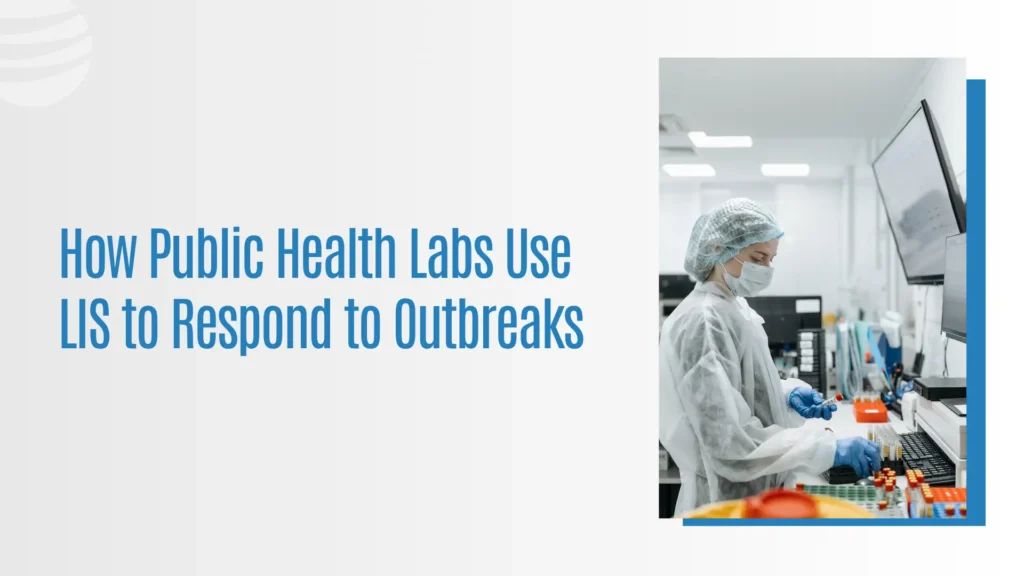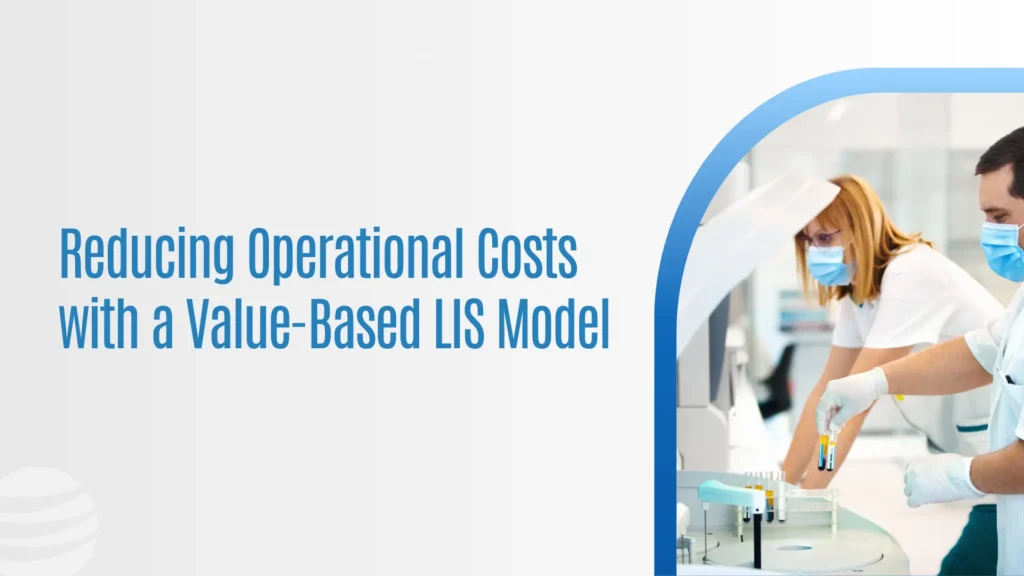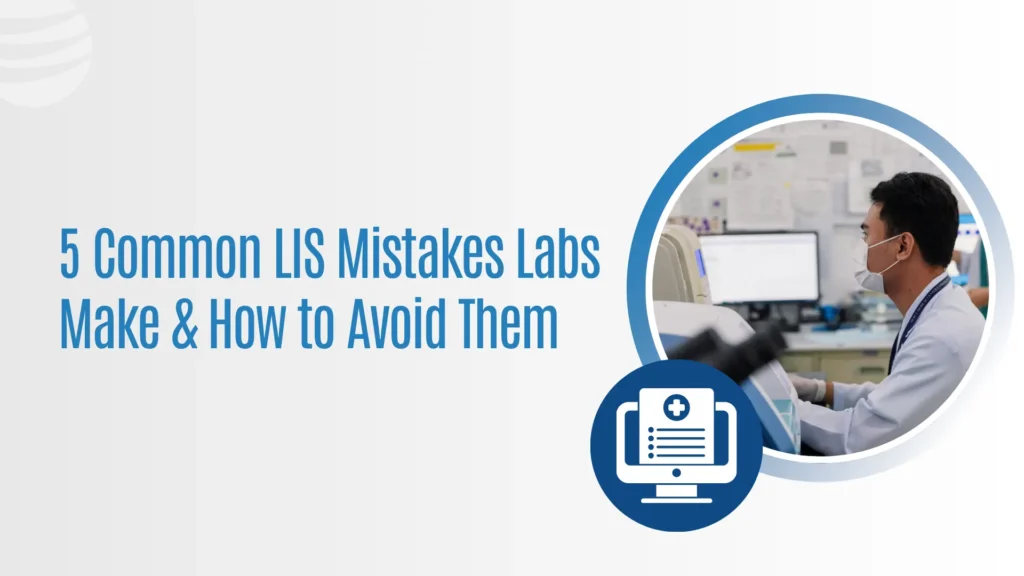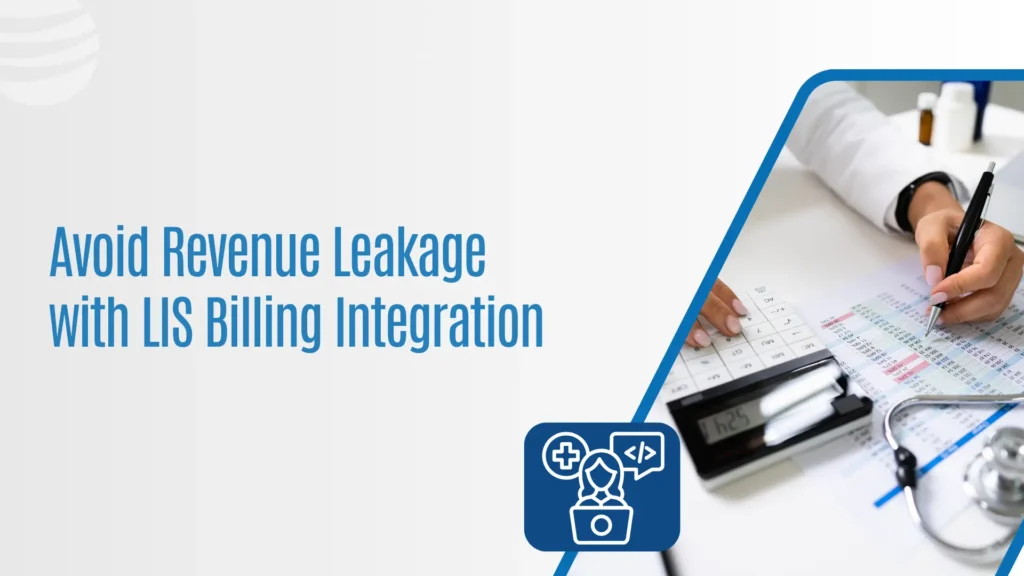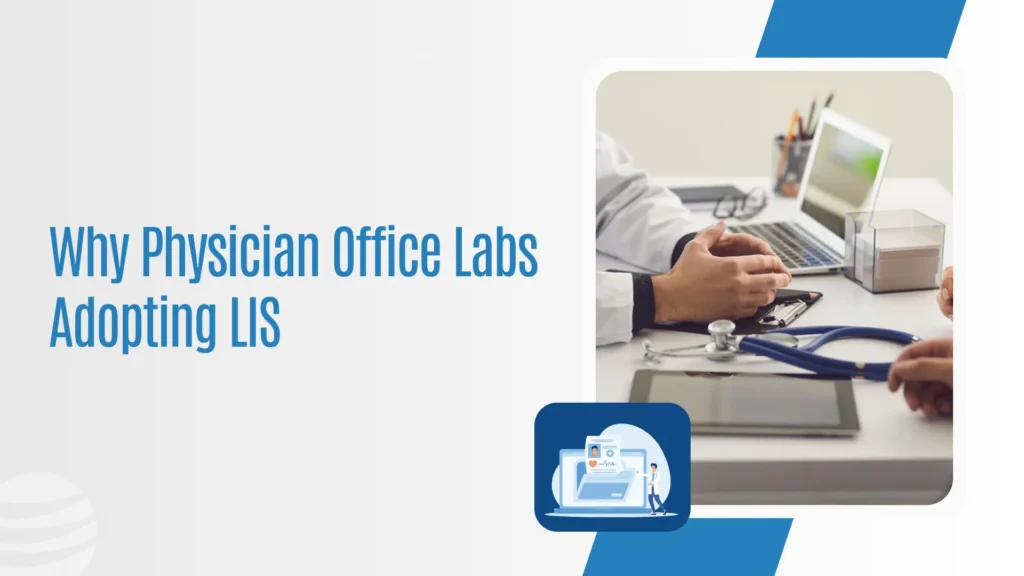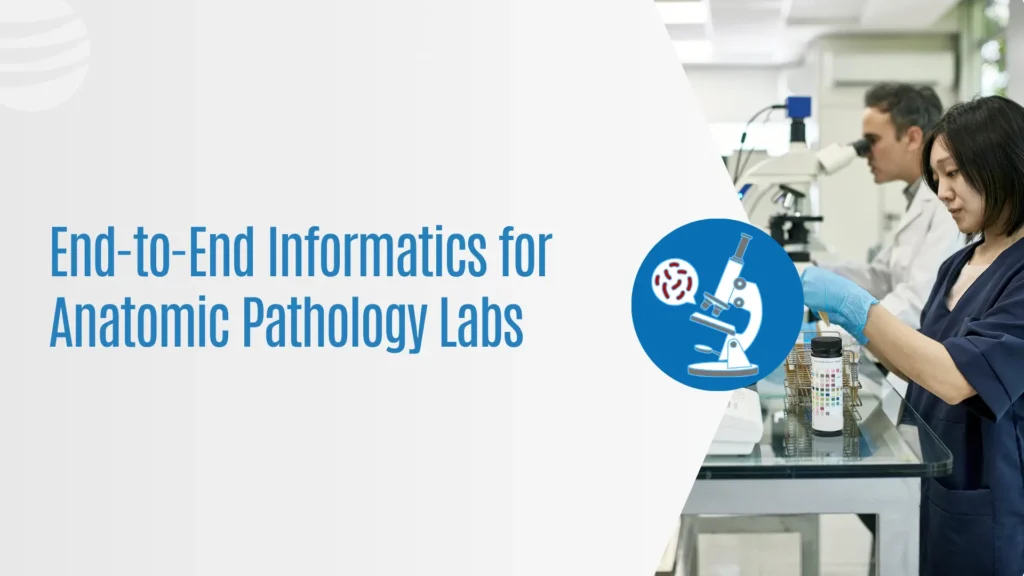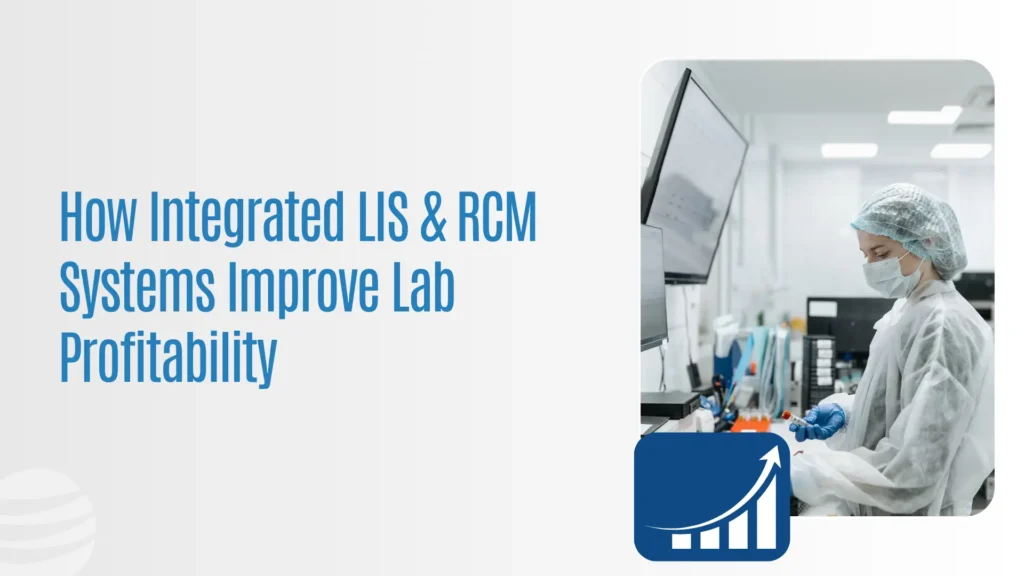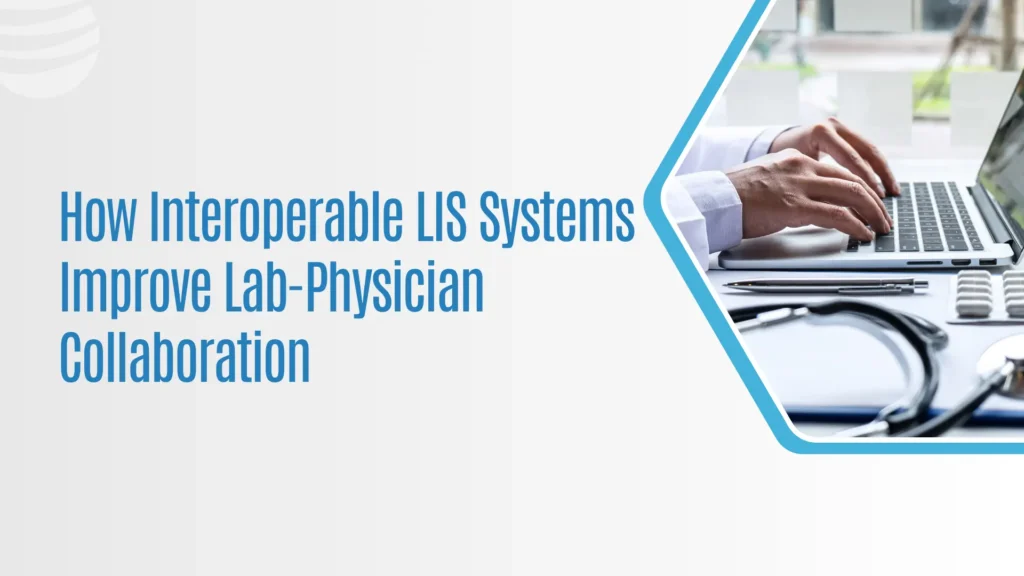How Public Health Labs Use LIS to Respond to Outbreaks
How Public Health Labs Use LIS to Respond to Outbreaks Introduction: When Time Defines Outcomes In public health, every second counts. Whether it’s COVID-19, influenza, or an emerging pathogen, the speed and accuracy of diagnostic response determine how fast communities can contain an outbreak. Behind every rapid test result and epidemiological report is an often […]
How Public Health Labs Use LIS to Respond to Outbreaks Read More »

